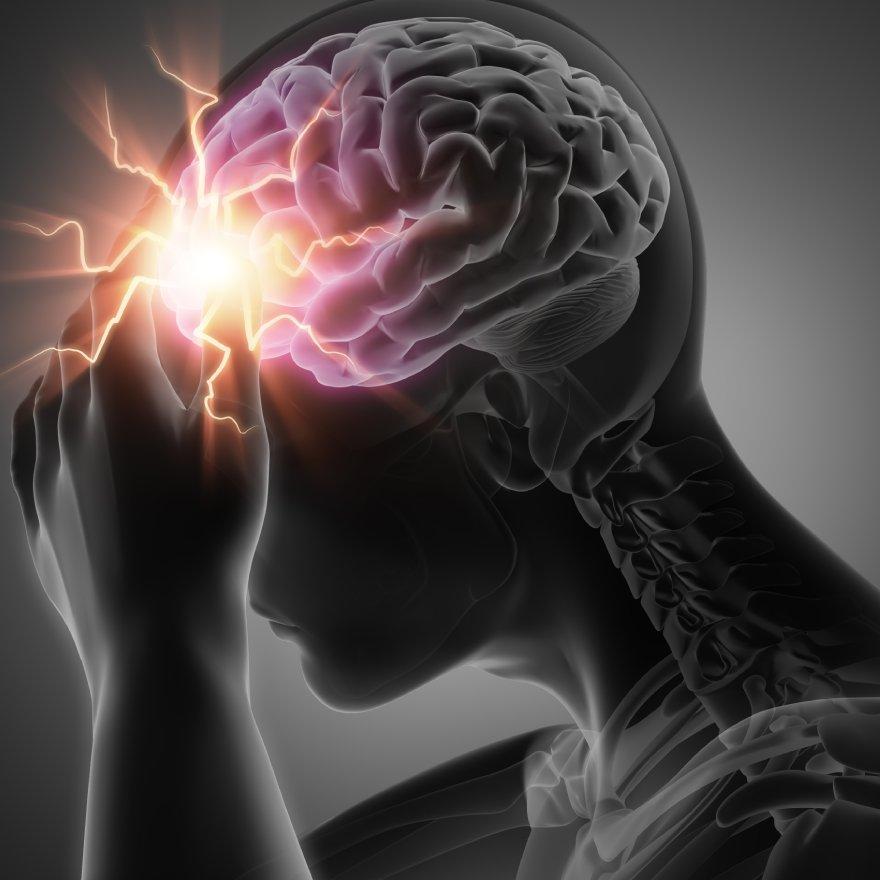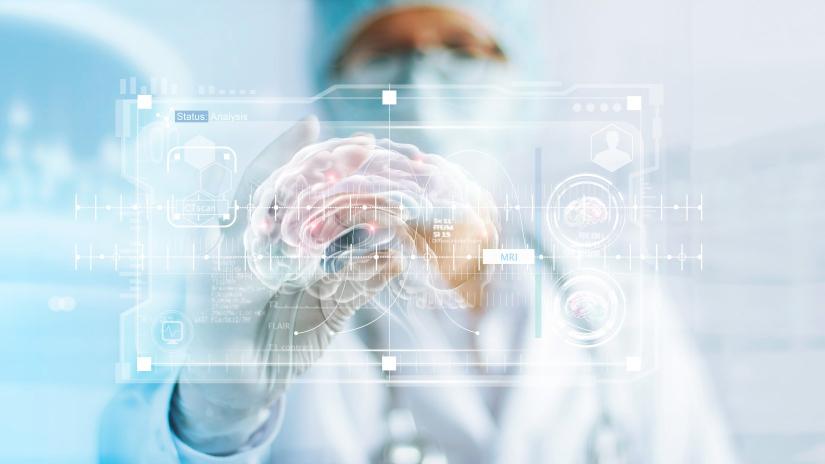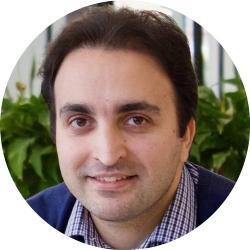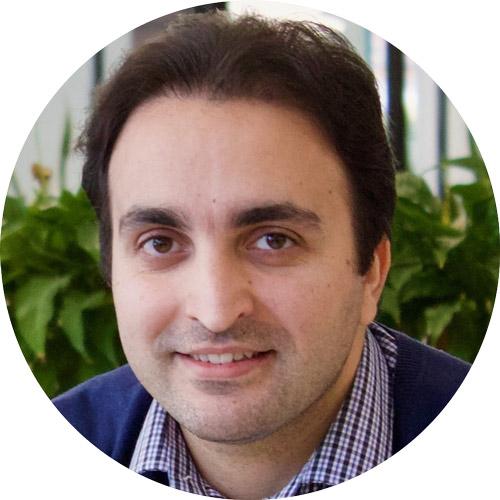More than 1 billion people worldwide are impacted by diseases related to abnormal brain pressure. Dr Mojtaba Golzan and his team want to see an end of drilling holes in the skull, when a simple photography taken on a smart phone would suffice.
So here's what may happen: have a catheter inserted into your spine to relieve fluid, or a hole drilled in your skull... or have someone take a photo of your eye with a smartphone.
When Dr Mojtaba Golzan was researching his masters in his native Iran, he witnessed patients going into surgery to have a hole drilled into their skull.
"Just seeing the procedure of patients going into an operating theatre to have a catheter put in their brain was confronting," says Dr Golzan, Senior Research Fellow in the Faculty of Health.
Fast-track more than a decade and he's on the verge of developing a cheap, safe, non-invasive alternative.
Prize-winning innovation
A UTS cross-disciplinary team led by Dr Golzan has developed A-Eye, an all-in-one technology package that harnesses the power of artificial intelligence in combination with images obtained from the back of the eye; the natural window to the brain and eyes.
A-Eye improves the accuracy and reduces the invasiveness of the diagnostic procedure used to assess abnormal intracranial pressure.
It won the first prize of $30,000 in the UTS Research Translation Competition 2021.
There are a range of different diseases that are linked to intracranial pressure.
Abnormal pressure might be present in traumatic brain injury, stroke, a tumour, swelling or bleeding in the brain, meningitis or encephalitis.
A headache is sometimes the only symptom of this dangerous, and potentially fatal condition if it doesn't receive immediate medical attention.
Time is of the essence.
Symptoms of intracranial pressure
- Headache
- Blurred vision
- Confusion
- High blood pressure
- Shallow breathing
- Vomiting
- Changes in your behaviour
- Weakness or problems with moving or talking
- Lack of energy or sleepiness
Risks with existing procedures
The current problem is that all the procedures that measure an increase in pressure are invasive and uncertain.
The two procedures are a spinal tap or inserting a catheter through a hole in the skull.
"The procedures are painful, there is a risk of morbidity, internal bleeding, or a relatively common failure of the procedure," says Dr Golzan.
Think of this as a very simple in-house test before we put you through an MRI scan.
"It enables early diagnosis and this will lead to prompt medical intervention and will save lives as a result."
The other issue is that there are many parts of the world where more expensive diagnostic tools are simply unavailable. A-Eye is both portable and relatively cheap.
App development
Since 2016, Dr Golzan worked in a four-person multidisciplinary team to develop a combination of hardware and artificial intelligence software that can measure increases in pressure simply by taking a photograph of the back of the eye.
Winning the Research Translation Competition will enable the team to develop the missing link, an app for a smartphone, that will capture the images and perform the analysis.
The next step will be testing by a number of Sydney clinics, followed by regulatory approvals, licensing and commercialisation.
Interest in the technology is already strong, with a grant from Google to develop the software component, and input from Rapido – the UTS Technology Development Unit – to develop the hardware component, an optical add-on to a smartphone.
The idea rests on the fact that any abnormal brain pressure can be measured from the area immediately at the back of the eye.
"The most exciting part for me is the improved outcome for patients," says Dr Golzan.
Even if I could save one person going through an invasive process, I am happy with that.
-
Complications of existing procedures
-
18% risk of procedural failure
-
33% risk of internal bleeding
-
24% risk of infection
-
-

-
Senior Research Fellow, Faculty of Health



